Final Fantasy Rewind: The Ultima Flavor Experience
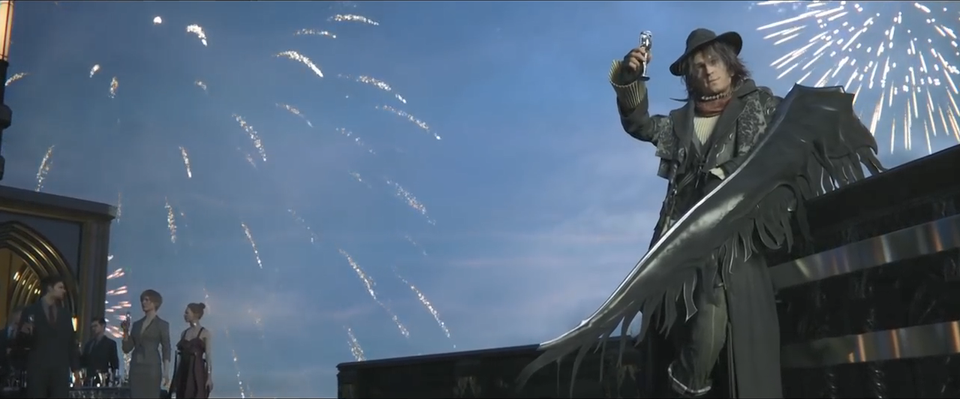
Greetings! This retrospective is winding down, though I've a few surprises yet. For now, here is the last of Square Enix's attempts to bring their sprawling Final Fantasy game series to a more contained medium of feature film. It's certainly the most surprising.
Kingsglaive: Final Fantasy XV
(2016, dir. Takeshi Nozue)
Behind the victory lap of the Compilation of Final Fantasy VII brand extension, turmoil began brewing in Square Enix's development pipeline. The next game in the series, Final Fantasy XII,[1] was supposed to release in 2004 but was delayed by two years. This meant Final Fantasy XIII, which was supposed to be a Playstation 2 title, would come out for the Playstation 3 instead. It was to be the launching point of Square Enix's next batch of polymorphic content, whose central idea would be a new mythological framework for the series titled the Fabula Nova Crystallis, the New Legend of the Crystal. It was to be the most convoluted and truly cursed venture in the series' history, and one shockingly relevant to today's subject.
The details of Fabula Nova Crystallis are less important than the fact that several games would draw from it, all to be released under the thirteenth game's umbrella: Final Fantasy XIII, Final Fantasy Agito XIII, and Final Fantasy Versus XIII. XIII released in 2009 and immediately became the most divisive game in the series, in part because of its story's baffling presentation of that mythos.[2] This, and the technical challenges of developing for HD PS3-era hardware, resulted in a reshuffling of the related titles. Final Fantasy Agito XIII, originally for mobile devices, became Final Fantasy Type-0 for Sony's Playstation Portable; it was supposed to receive a full sequel, Final Fantasy Type-Next, which never materialized but did receive two mobile titles, Final Fantasy Agito and Final Fantasy Awakening, which were released only in Japan and have since been shut down. Final Fantasy XIII would eventually receive two sequels, Final Fantasy XIII-2 and Lightning Returns: Final Fantasy XIII-3, to wrap up the mythology. Final Fantasy Versus XIII, which was announced in 2006 as a PS3 exclusive title directed by Final Fantasy VII steward Tetsuya Nomura, stalled in development hell, with multiple trailers teasing it over several years despite having barely gotten out of prototyping. In 2012 Hajime Tabata, who had directed Type O, took over, and the following year Square Enix announced the game would come to the new Playstation 4 and the Xbox One console generation, bearing a new title: Final Fantasy XV. The spinoff had been promoted to a proper numbered series entry, and severed from the now-abandoned Fabula Nova Crystallis subseries.[3]
Releasing alongside the game would be, naturally, a web of related media, The Final Fantasy XV Universe: a beat-em up game, a web series, an audio drama, the game's own demo and trailers, and our subject today, Kingsglaive: Final Fantasy XV, a full-length CG animated feature film. Yet these were not supplementary materials; these contained crucial backstory for several of the game's most important characters, such that one cannot fully understand what is going on in Final Fantasy XV without having experienced all of these. This should make Kingsglaive the worst and most cynical of all the Final Fantasy features, yet it is somehow the best, by a huge margin.
A prologue gives us the basics. For centuries the world of Eos has been riven by conflict between two nations: the kingdom of Lucis, and the advanced Magitek empire of Niflheim, who we see annex the independent nation of Tenebrae. Fifteen years later after retreating from a battle that is basically Starship Troopers with magic, King Regis Lucis Caelum CXIII (Sean Bean) accepts a peace offering from Niflheim's eeeeevil chancellor Ardyn Izunia (Darin De Paul), on the condition that Lucis surrender all territory outside its capitol city Insomnia, and that its prince Noctis wed Tenebraean princess Lunafreya (Lena Headey). The concession causes division within the Kingsglaive, an elite military unit gifted with Regis' magic that is made up of immigrants from Lucis' other cities, who will be absorbed by the empire. One of the 'Glaive, Nyx Ulric (Aaron Paul), is charged with protecting Lunafreya. In the process he learns of the empire's plan to invade Insomnia, wipe out its leadership, and harness its magical crystal's power.
The plot is pulling double-duty, telling not its own tale while also functioning as a two-hour pilot for Final Fantasy XV's 30-hour adventure, which it leads straight into. Its big-picture plot threads are left unresolved, and a lot of the worldbuilding ends up pretty under-baked. Yet it does tell a self-contained story, with a protagonist who only ever appears here, and it is understandable on its own terms. It is coherent. This was not a guarantee, given the cinematic history of the series and the base game's long and troubled development. Kingsglaive arguably fares better even than Final Fantasy XV itself, which had all this background information cut out; in the game the fall of Insomnia and the death of King Regis is conveyed to Noctis and the player by a newspaper.
The story is conveyed clearly, though not necessarily gracefully. The wooden dialogue is a frequent liability, along with the syncing of the facial animations to it, despite being based on the English-language voice performances. It doesn't help that the voices always sound like a crisp studio recording and not part of e.g. a pitched battle or an intimate dinner conversation. For all that their technology and technique has evolved since The Spirits Within, Square Enix and Visual Works still haven't bridged the gap between the real and artificial parts of photoreal character creation.
The gap is narrower than it's ever been, though, and they're finally in service of a halfway decent story. The focus on the Kingsglaive and its makeup of foreign-born soldiers makes this ultimately about the toll that war takes on the periphery of contests between great powers, and what sides the people of those lands choose to take. Nyx trusts in his king and his plan, his friend Libertus (Liam Mulvey) defects and joins a dissident resistance group, and their commander Titus Drautos (Adrian Bouchet) has defected to the empire in order to bring an end to the war. It's prime material for a high fantasy epic, though stray thoughts like 'how could Titus have led the 'Glaive and Niflheim's army as its feared General Glauca at once' are better left unbroached. It's not Bloodlands & Dragons, but the broad contours are interesting enough that whenever an action scene kicked off, as they do with increasing frequency, I was invested.
And what action! Lucian royalty and Kingsglaive guards are able to teleport whereever they throw their swords, which in action terms means pitching daggers to cross huge gaps and attacking at speed from constantly changing positions. It's gimmicky but fantastically staged, the clearest sign of growth in Visual Works and director Takeshi Nozue, who had co-directed Final Fantasy VII: Advent Children's fight scenes. Where The Spirits Within's action was weighty but not doing much more than real actors could have done and Advent Children was basically slamming well-articulated action figures together, Kingsglaive sells its impossible battles by making them seem physically credible. Scenes are lit as if on a practical set, with sparks and other particle effects generating realistic light and shadow. It's not just that every thing we see looks real, it's that they look like they were really filmed. And amid some admittedly hectic editing there are some great flourishes: an airship seen through a hole in a giant animated statue before it turns and hurls its mace at it, a shot of Nyx and Glauca clashing in mid-air as their giant kaiju do the same. The hits have impact and do appreciable damage, and there's an increasing desperation to the combat. This works to give the ending, where Nyx sacrifices himself in order to facilitate Lunafreya's later meeting with the prince and therefore save his home, a heft that the script honestly hasn't really earned.
It's good pulpy fun, but while it's easy to appreciate just how much money is on the screen, there's no getting around that Kingsglaive's ultimate purpose was to make even more. Indeed some groused that the movie's existence was a sign of a dire future where commercial films have become filmed commercials. Which is odd considering in 2016 the Marvel Cinematic Universe was adding Spider-Man to its roster; Star Wars was getting a prequel about the first Death Star a year after giving audiences a third; and Batman v Superman, ostensibly a Superman movie, contained what were essentially trailers for a half-dozen DC movies. By this point the synergistic future, glimpsed in Advent Children, had well and truly arrived. Now that that model has begun to collapse it's a lot easier to appreciate that, as a feature-length advertisement, this is at least trying to earn the viewer's interest rather than taking it for granted.
Kingsglaive didn't do nearly the box office of its contemporaries, $6.5 million in a limited release, but it wasn't supposed to. The numbers that mattered came on November 29, when Final Fantasy XV released after ten torturous years in development and made back its production costs on day one. The game bore the scars of its development, though, with glitches, disjointed gameplay elements and, of course, large chunks of plot lopped off. Even after a year of new story DLC and what were then somewhat unprecedented patches, its reputation remains mixed. Yet it proved an important learning experience. Final Fantasy XVI, released in 2023, would have its own controversies, but it released without any extraneous media and was the first new mainline Final Fantasy title in nearly two decades whose problems can be blamed on creative decisions and not the exigencies of AAA game development.
No one knows if there will be another Final Fantasy film adaptation after Kingsglaive: Final Fantasy XV. The games, especially last month's Final Fantasy VII Rebirth, are such tremendous productions that a feature is practically redundant. And although they are all fascinating in very different ways, none of the movies rises above this one's level of delicious junk food, cinematic Cup Noodles. I'd love to see someone with the earnestness and ambition Hironobu Sakaguchi brought to The Spirits Within take a stab at it now that the technology's growing pains are in the rearview mirror. But for now, at least, Kingsglaive is the final filmic Final Fantasy. Like its hero, the movie and the Final Fantasy XV project died spectacularly for the benefit of its greater kingdom. To quote Nyx's last words, it's not the worst way to go.
To this point I haven't previously mentioned 2002's Final Fantasy XI, both because it hasn't been relevant, and as an MMORPG its appeal was always more niche than its offline, single-player entries. FFXI's PC servers are still online, though, more than twenty years on, and the game maintains a devoted player base. ↩︎
The opening hours, which throws players into a massive conflict with no setup and liberally throws around jargon like fal'Cie, l'Cie, Sanctum, Cocoon, and Pulse, is one of the most alienating things I've ever played. ↩︎
So much time had passed in FFXV's development that an entire numbered entry to the series, Final Fantasy XIV, had not only been released but was in the process of re-releasing. But that's a story for another time. ↩︎
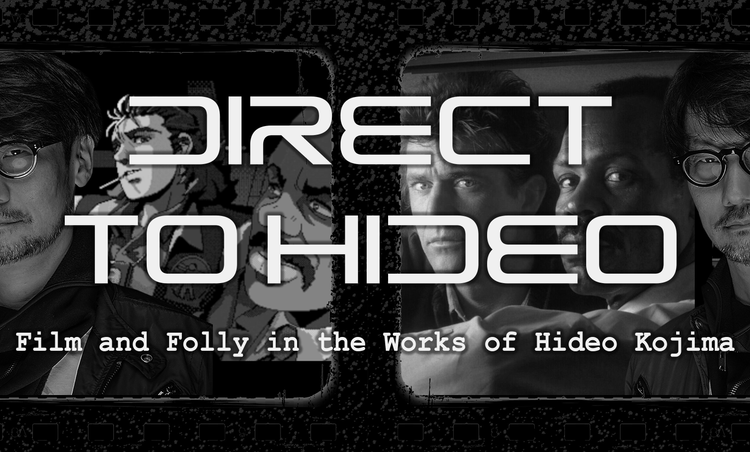
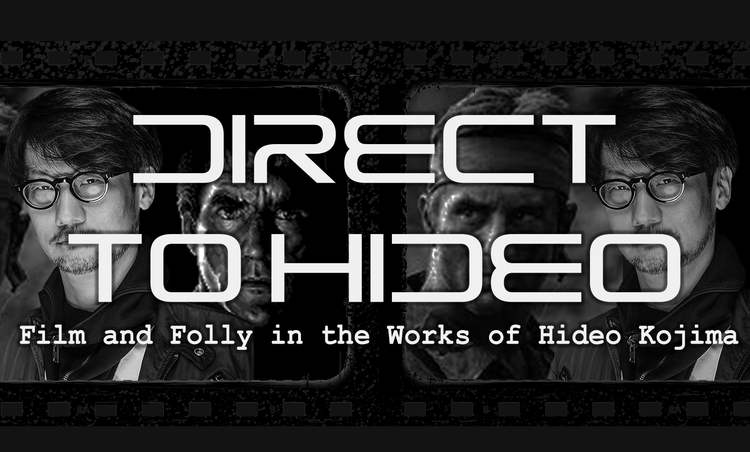
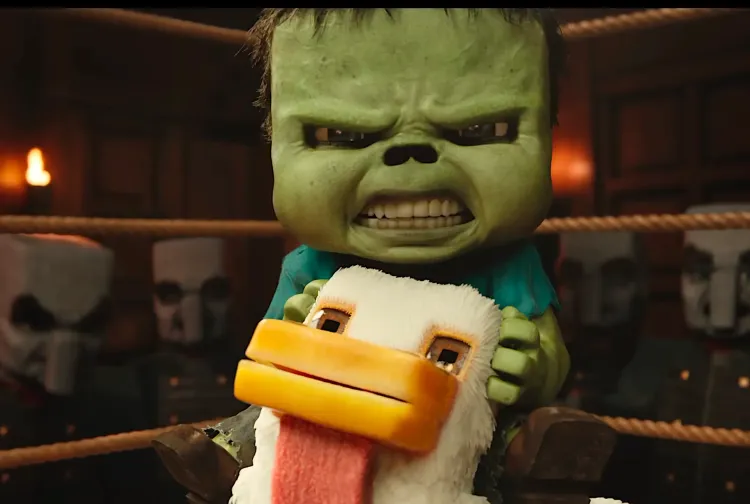

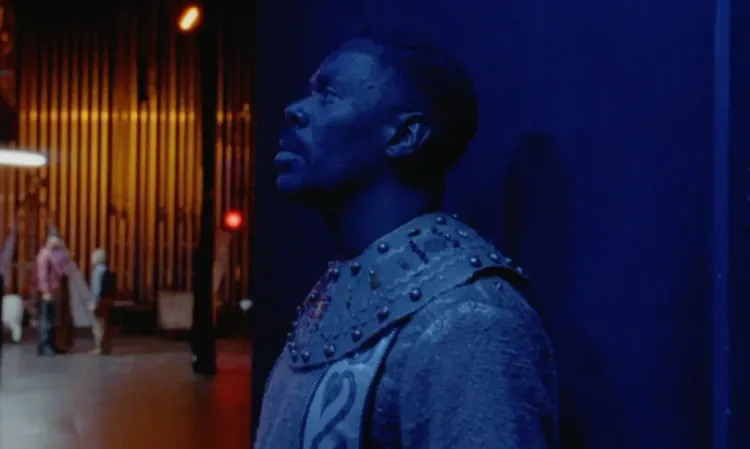
Member discussion